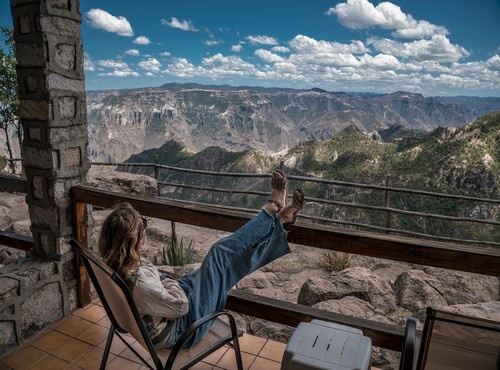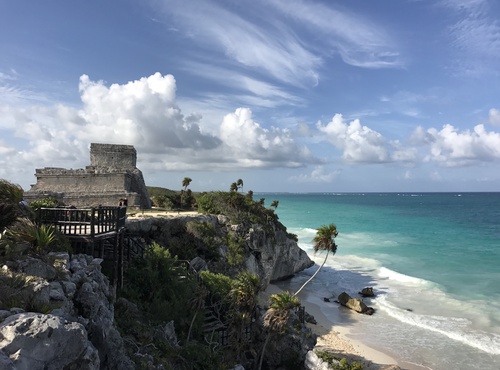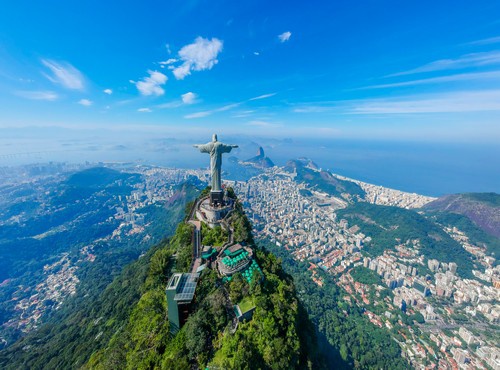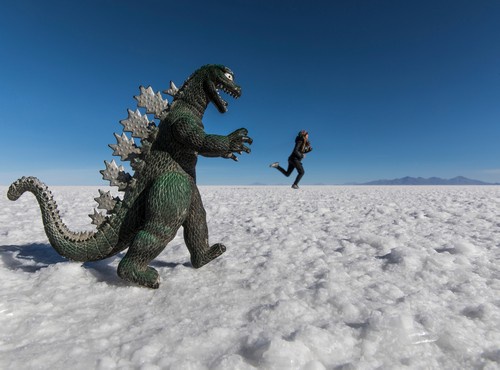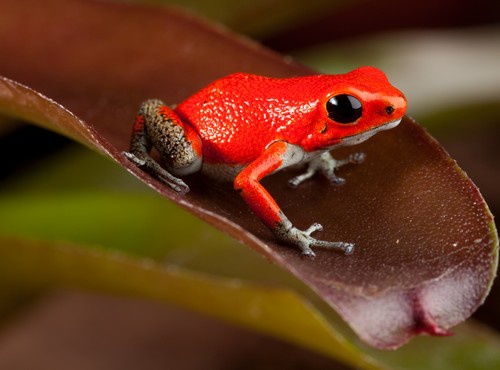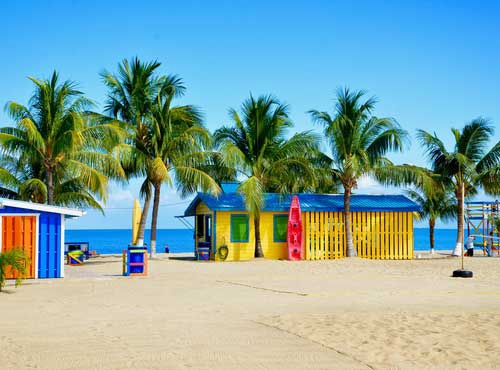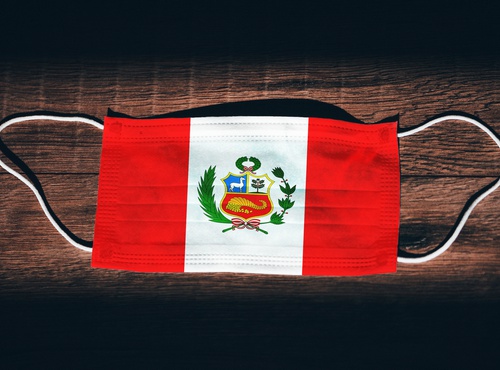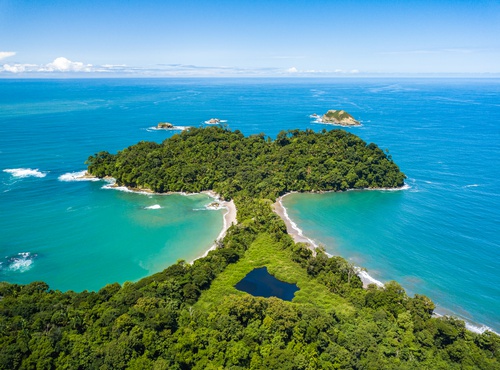
Written by:undefined undefined
Published: 16-12-2022
Costa Rica’s Osa Peninsula, home to 2.5% of the world’s biodiversity, has inspired national and international conservation efforts for decades, yet wildlife in the Osa Peninsula remains under threat because of the devastating poverty that drives the areas, residents, into illegal and environmentally damaging activities such as hunting and mining. At the same time, the two existing entrances to the region’s Corcovado National Park have reached capacity, placing stress on flora and fauna along those routes. This culturally immersive program offers tourism as an alternative source of income as well as preserving the biodiversity in the area, and the natural habitat of many endemic species of Costa Rica.
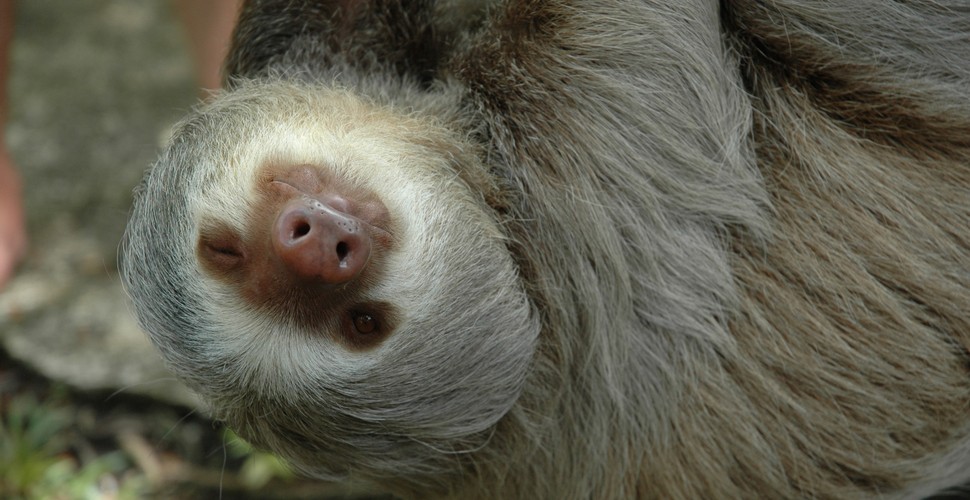
Sloth
The Osa Peninsula is one of the greatest natural treasures of the world, and Caminos de Osa promotes the ecological conservation and sustainable development of Osa’s rural communities through a tourism model that improves the quality of life, without compromising the integrity of the surrounding marine and terrestrial ecosystems.
Combine adventure activities such as rafting, hiking, kayaking, and horse riding, with immersive cultural activities with local families and the spectacular biodiversity of the Costa Rica mangroves on this unique and authentic trip in the Corcovado national park.
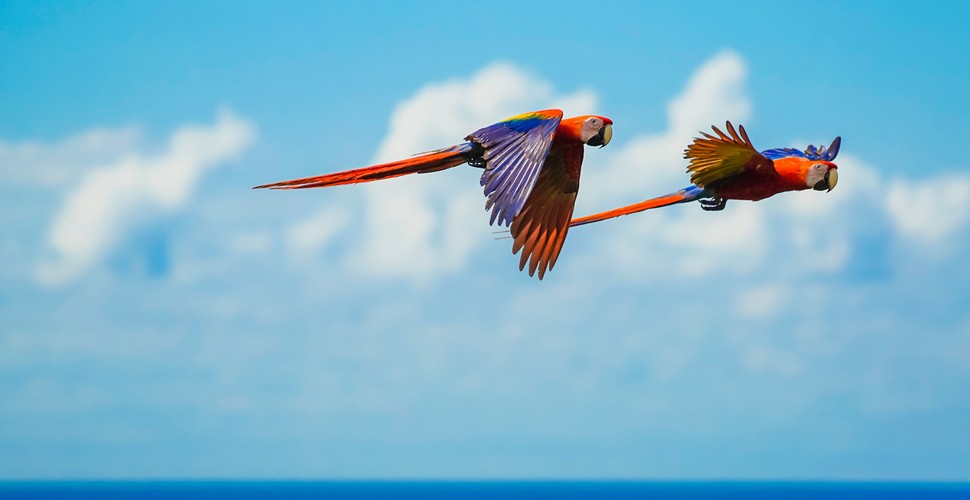
Parrots Flying over the Beach
Savegre white water rafting
Experience class 11 and 111 rapids on the cleanest river in Costa Rica, a combination of calm paddling and some white-water thrills. The 80-minute road trip to the rafting site offers picturesque views of African palm plantations, little towns, small rivers, and the jungle. Savegre River offers its bends and turns for maximum adrenaline and excitement. During your 2 ½ hour trip, you will also have opportunities to admire exuberant flora and abundant fauna around you, floating down and even hopping off your rafting to swim in calmer waters.
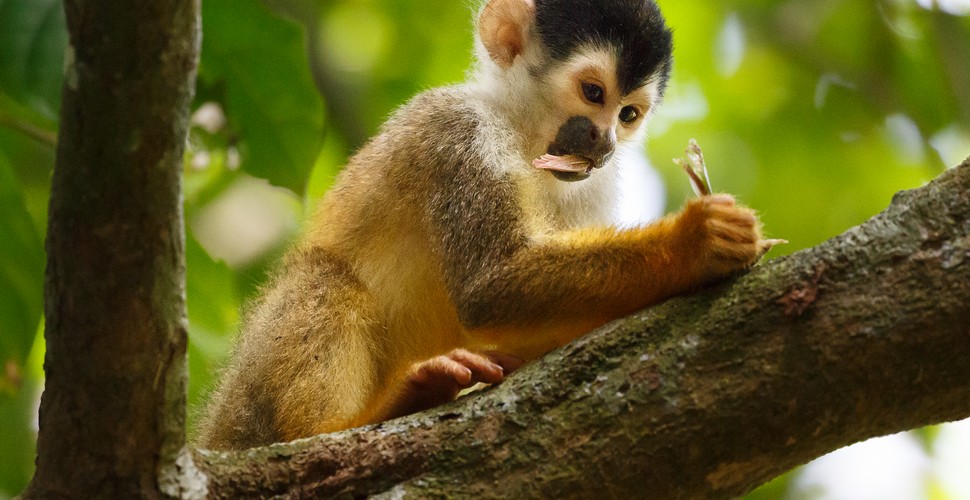
Monkey near Savegre River
Sierpe
Delve into a myriad of small bright green channels of Sierpe, where you will feel like you are at a concert hall, thanks to the cacophony of all the animals that inhabit the forest. The earlier the better, because you´re likely to see more animals. You will see howler monkeys, capuchin and squirrel monkeys, crocodiles, toucans, scarlet macaws, and lizards will be curiously watching from the towering trees. After lunch, you might want to go for a hike and look for the green and black poison dart frogs, snakes, and insects.
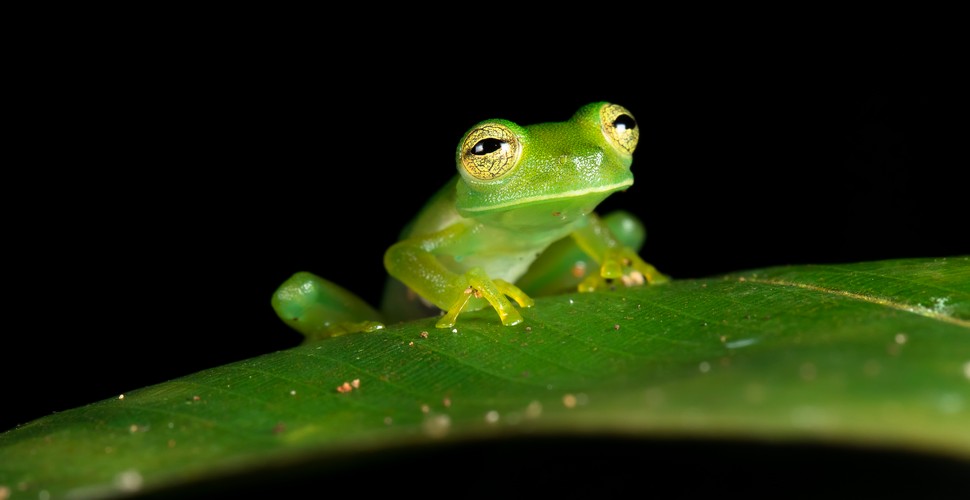
Tree Frog
Estero Guerra
The Estero Guerra community is a native community on the Oso Peninsula. Here you will stay with the Sandoval family. They will take you along a 3km hike, which will lead to a beautiful waterfall where you can swim and then enjoy a picnic-style lunch. The Sandoval Family will take you to explore one of Osa’s first communities, and the way of life in the biodiverse, Costa Rican mangroves. After a delicious traditional dinner, prepared by the family, you will hear stories from the Sandoval Family, about the town’s lifestyle, history, and customs. For a completely immersive experience, you will spend the night in their home.
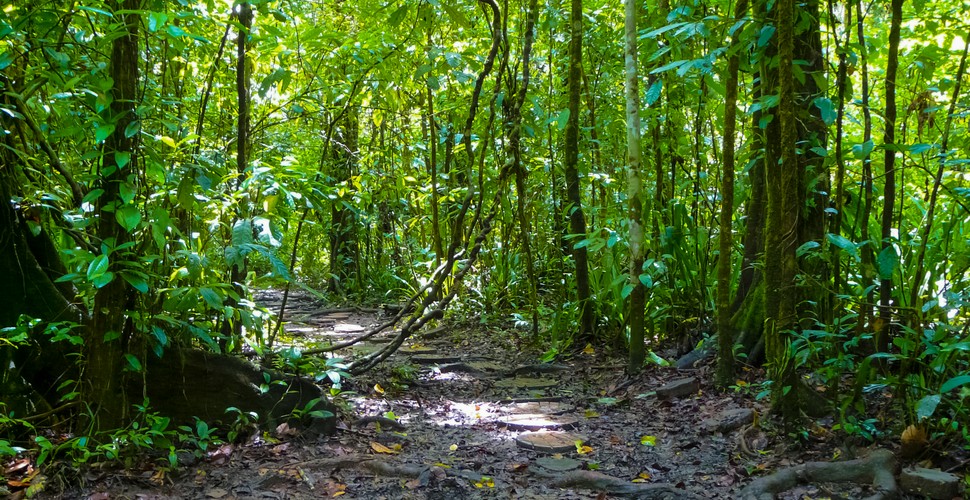
Mangroves of The Osa Peninsula
Playa Blanca
After the homestay with the incredible Sandoval family, you will head out on a 6km hike through some stunning Costa Rica jungle to spot different animal species and incredible flora along the way. On the route, we will stop at a traditional family who will show us their techniques of gold extraction from the rivers. We will also visit a sugar mill for the hands-on experience of growing sugar cane to its farming and a completely hands-on immersive experience of local life in the region. Not only will we learn about the way of life of these incredible people, but also their traditions, customs, ceremonies, natural plants, and agricultural practices of the region for a fascinating insight into the rural Costa Rica culture. At the end of the day, we will arrive at a remote eco-lodge at Playa Blanca.
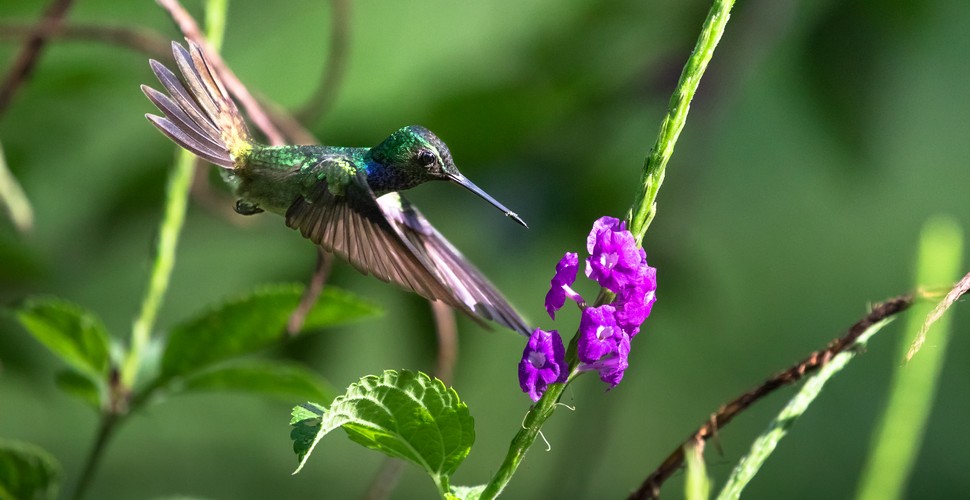
Hummingbird
Dos Brazos
Today is a kayaking tour of the Golfo Dulce area to see the impressive mangrove wildlife kayaking down the river to Aguja beach. Here our transport changes to horseback riding, where our trusty steeds will take us to an impressive butterfly farm. Here we can observe many butterfly species and learn all about the life cycle of these incredible creatures and their importance in Costa Rican biodiversity.
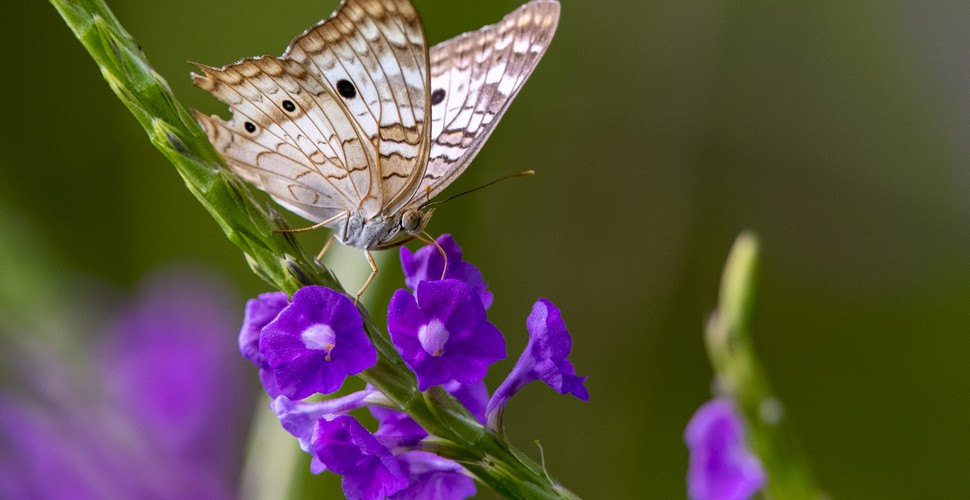
Butterfly Park
Carate Beach
We can enjoy some beach time on the pristine Carate beach, an idyllic and unspoiled beach bordered by mesmerizing lush vegetation on the southern coast of the Osa Peninsula. With sparkling Pacific waters and lush rainforest, Carate is one of the Osa Peninsula's most secluded wonders. Located two miles south of Corcovado National Park's La Leona Ranger Station, this nature-lovers paradise is known for its undeveloped beaches, biodiversity, and outdoor adventures.
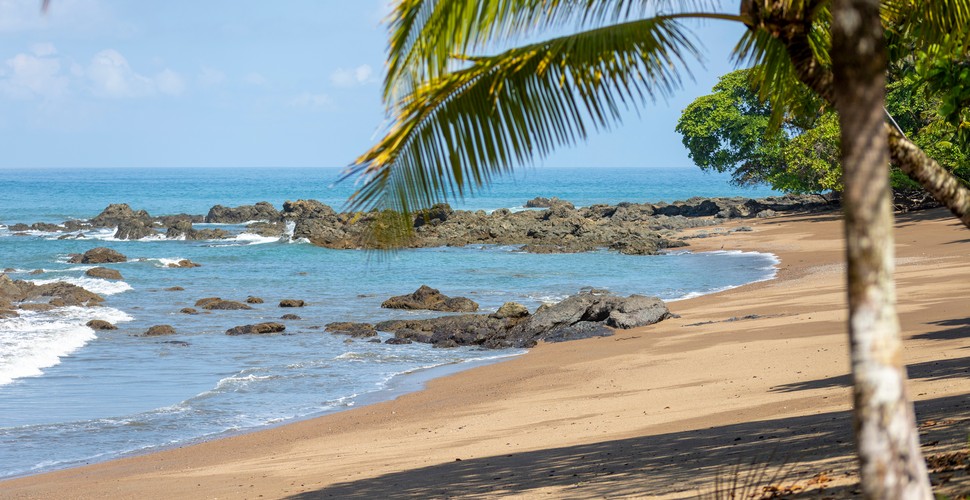
Carate
Golfo Dulce Whale Watching
The Golfo Dulce, in the southern zone of Costa Rica, is one of a handful of tropical fjords in the world and in many aspects a magical place. Humpback whales arrive twice a year: first, a group from the Northern Hemisphere in January and February, and a larger group from the Southern Hemisphere in August and September. Their reason for visiting is the same. It is a protected area from predators for their newborn calves to nurse, play and learn how to breach. There are also big pods of bottlenose and other types of dolphins. They can often be seen playing or following tour boats as they explore the Golfo Dulce. While looking for dolphins, it is not uncommon to spot manta rays finning the surface or jumping high to impress a potential mate.
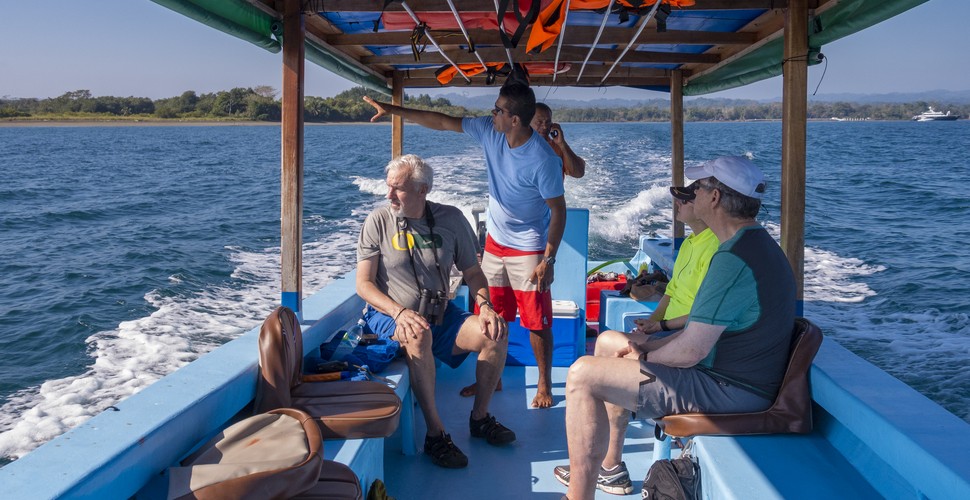
Whale Watching Trip
Book the Camino de Osa Immersive Experience here!







